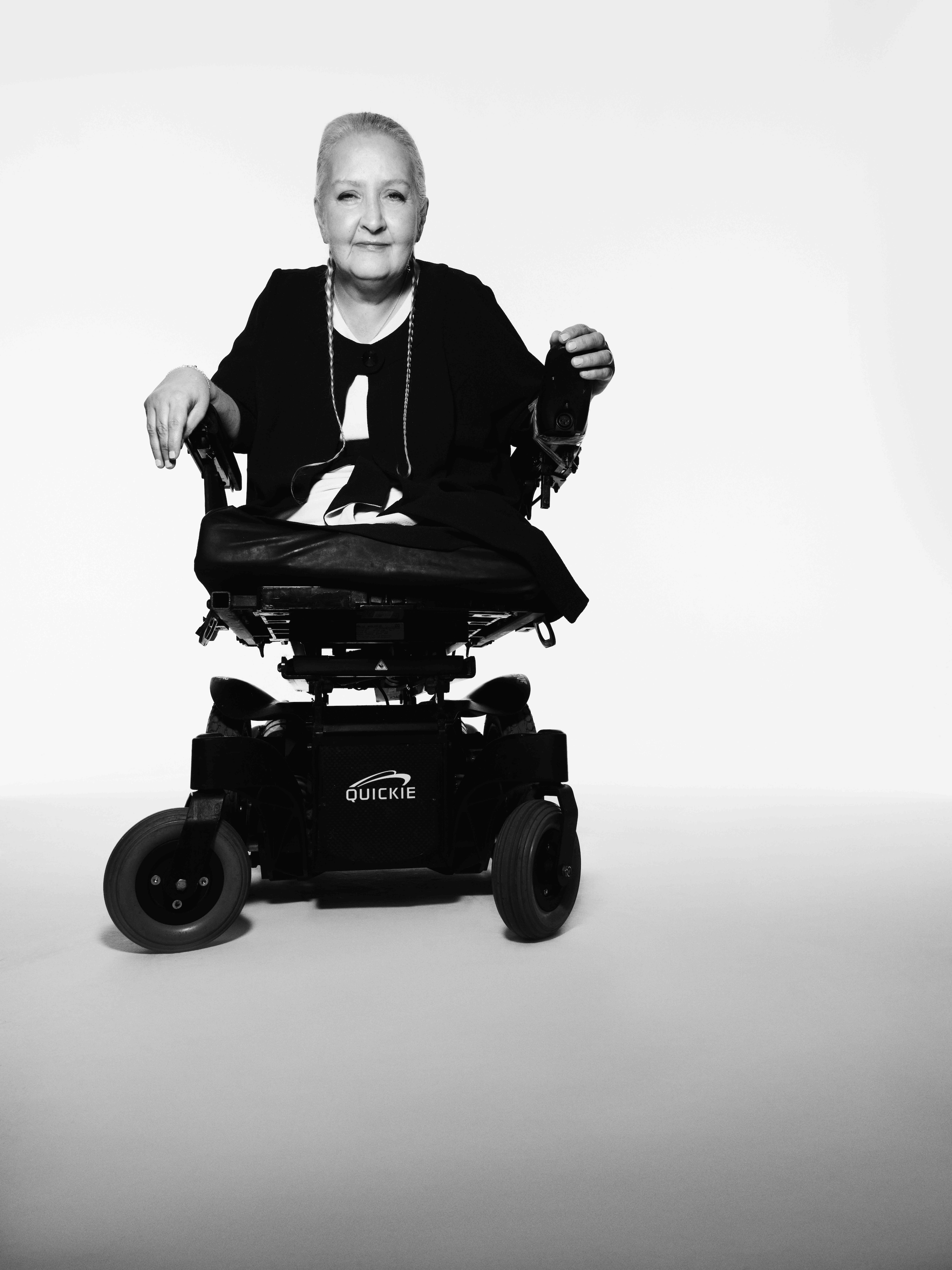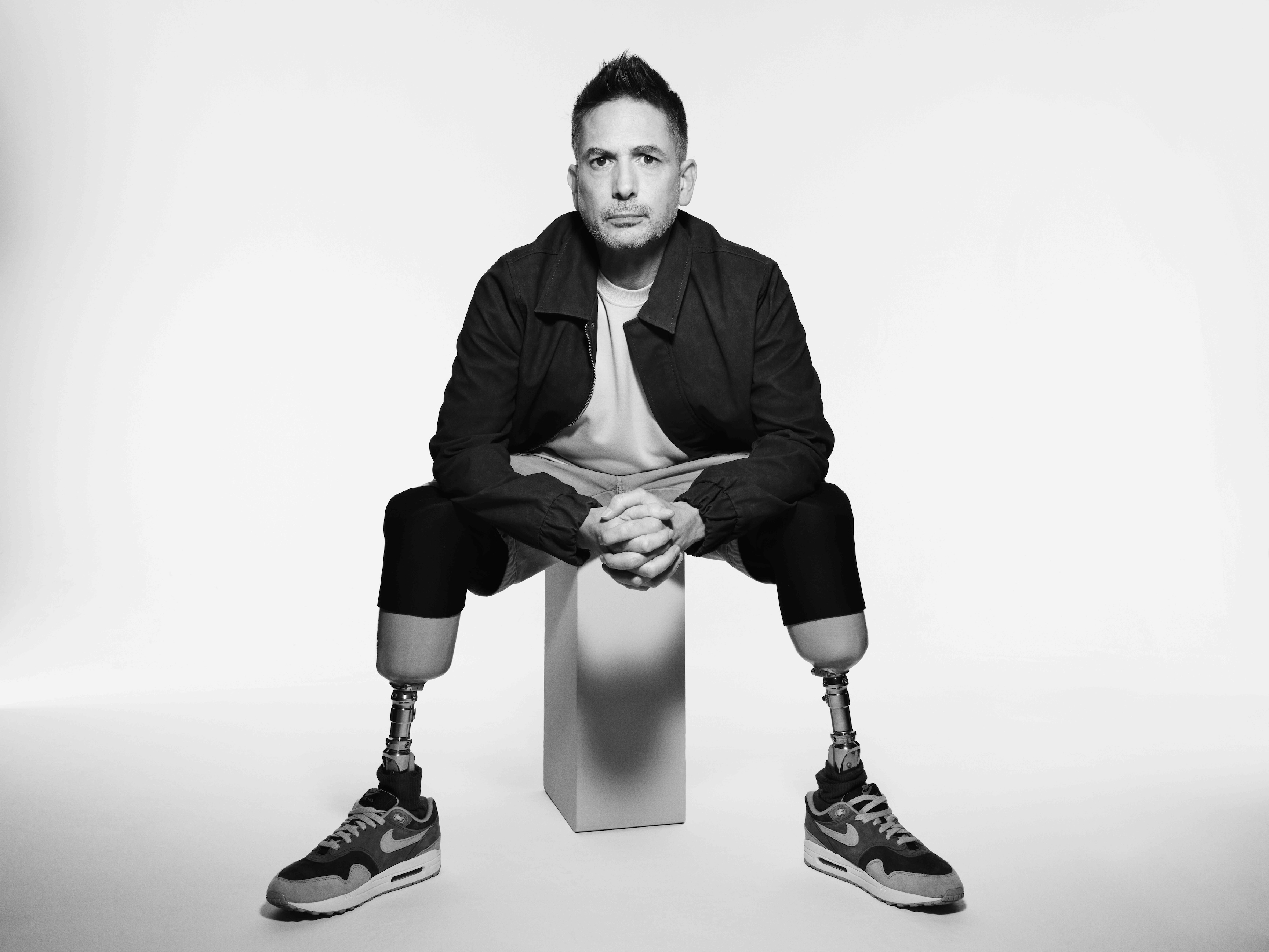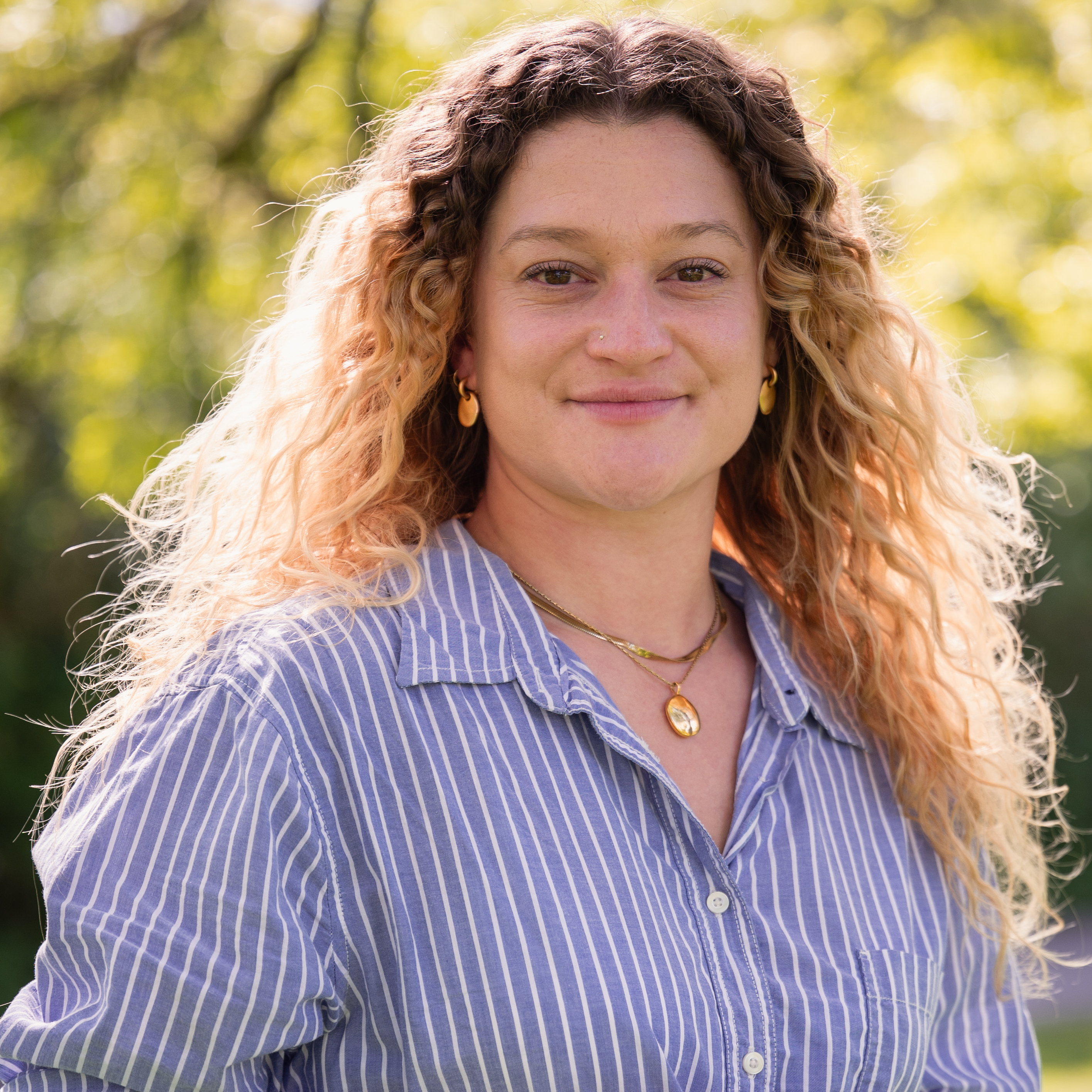Photographer Rankin adds his skills to a health campaign to reduce preventable amputations
Healthcare experts at Abbott, which has spearheaded the campaign, say that 80% of diabetes amputations are preventable

A new photographic initiative reveals the scale of preventable amputations in the UK, and the impact on both patients and the National Health Service (NHS).
AmpuNation is a project led by global healthcare leader Abbott, which aims to prevent unnecessary amputations by speeding up diagnosis, and also improving life for those living with amputations.
It has partnered with renowned photographer Rankin, to produce a series of thought-provoking portraits of people living with amputation.
The portraits are accompanied by a health economics report, published in the British Journal of Surgery, and aims to help people see and acknowledge the preventable problem behind the statistics.
According to Abbott, people who undergo amputations often live with underlying health conditions including diabetes and Peripheral Artery Disease (PAD).
"PAD is a common condition in which the vessels supplying blood to the legs become narrow or blocked, causing pain as the leg muscles do not get enough oxygen. Diabetes is a significant cause of amputations, even though 80% of foot amputations due to diabetes are preventable."

Amputations change lives dramatically, both to the amputee and those around them.
Get the Digital Camera World Newsletter
The best camera deals, reviews, product advice, and unmissable photography news, direct to your inbox!
A third of all limb amputees live with clinically significant depression. PAD does not affect society equally, with women experiencing a faster decline in quality of life than men, and black patients facing a 37% higher risk of amputation than white patients.
The AmpuNation initiative calls for increased awareness of PAD and the threat of amputation in key at-risk groups, faster diagnosis and referrals, consistent standards of care and a clear pathway for people living with PAD.
"Every preventable amputation is a tragedy, not just for the patient but the loved ones around them," commented Jonathan Wood, regional director, Abbot Vascular, North Europe. "At Abbott, we are proud to support the AmpuNation initiative to raise awareness of the signs of PAD to reduce the number of amputations."
The scale of this issue demands international attention and action. In 2019, the number of people aged 40 years and older with PAD was 113 million, and by 2030 the World Health Organization predicts that 1 in 10 Europeans will have diabetes.

In the UK in 2021, more than 3,000 major lower limb amputations took place as a result of conditions like PAD and chronic limb-threatening ischaemia (CLTI), the end-stage form of PAD. A report by Abbott, written by leading vascular experts from the NHS, found that it could save more than £8 million (around $10 million / AU$16 million) a year if the rate of major lower-limb amputations among CLTI index procedures is reduced from 10% to 3% across England and Wales.
Professor Athanasios Saratzis, Professor of Vascular Surgery at the University of Leicester, and Royal College of Surgeons Vascular Specialty Lead said:
"Our clinical and health economics’ assessment shows that the NHS could save millions of pounds a year, and improve outcomes for patients, by increasing revascularisation rates and reducing the number of preventable amputations in people with PAD. As a treating clinician, I see the devastating impact that amputation has on people.
"They don't just lose a limb, they lose their confidence, their freedom, autonomy, and many lose the motivation to keep fighting their condition. We must increase awareness, provide timely diagnosis and treatment, and embrace the innovations that can reduce the number of amputations in the NHS."
You might also like…
Take a look at our guides to the best cameras for portraits, the best camera for black and white photography, and the best lens for portraits.

After graduating from Cardiff University with an Master's Degree in Journalism, Media and Communications Leonie developed a love of photography after taking a year out to travel around the world.
While visiting countries such as Mongolia, Kazakhstan, Bangladesh and Ukraine with her trusty Nikon, Leonie learned how to capture the beauty of these inspiring places, and her photography has accompanied her various freelance travel features.
As well as travel photography Leonie also has a passion for wildlife photography both in the UK and abroad.
